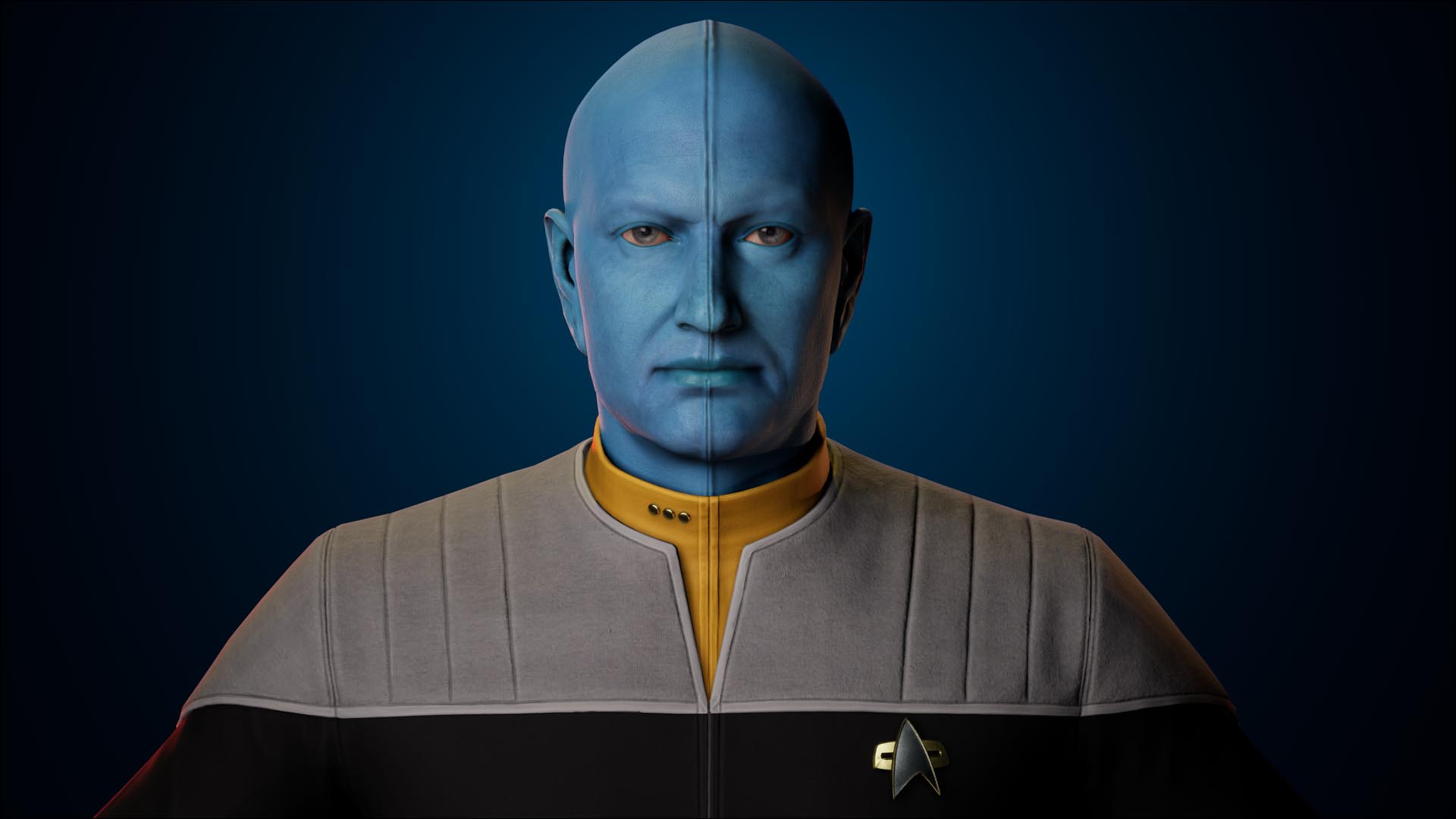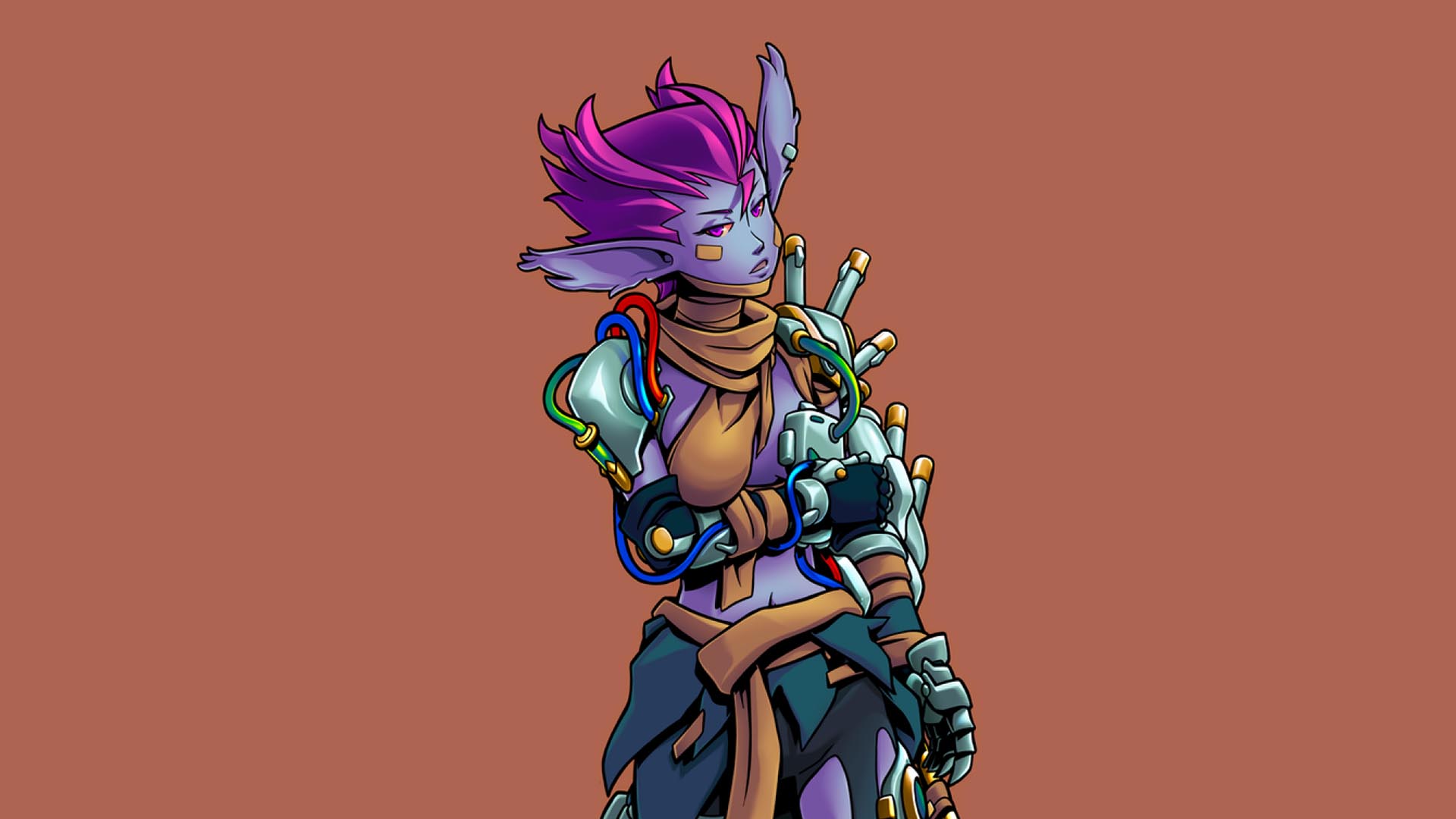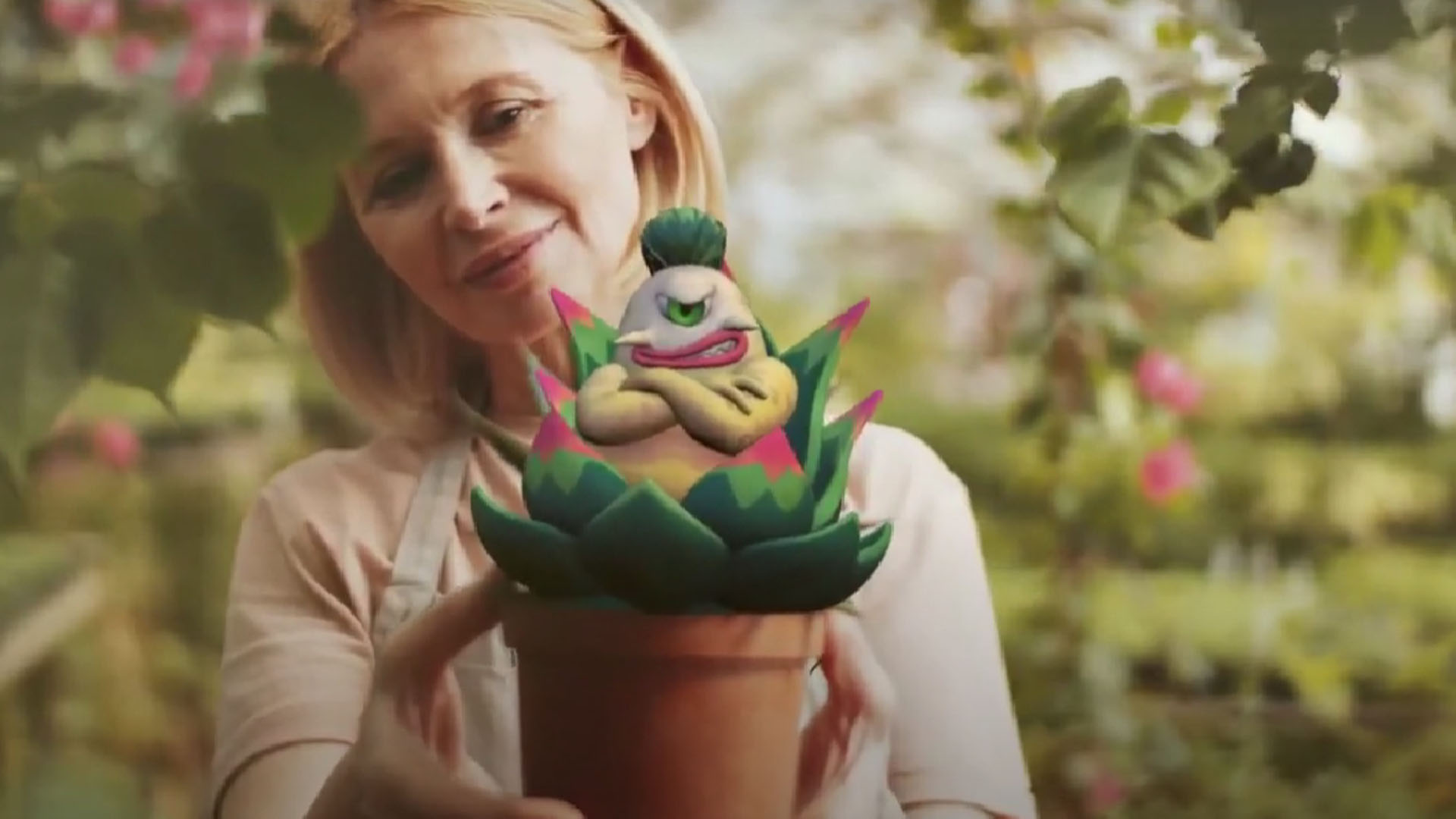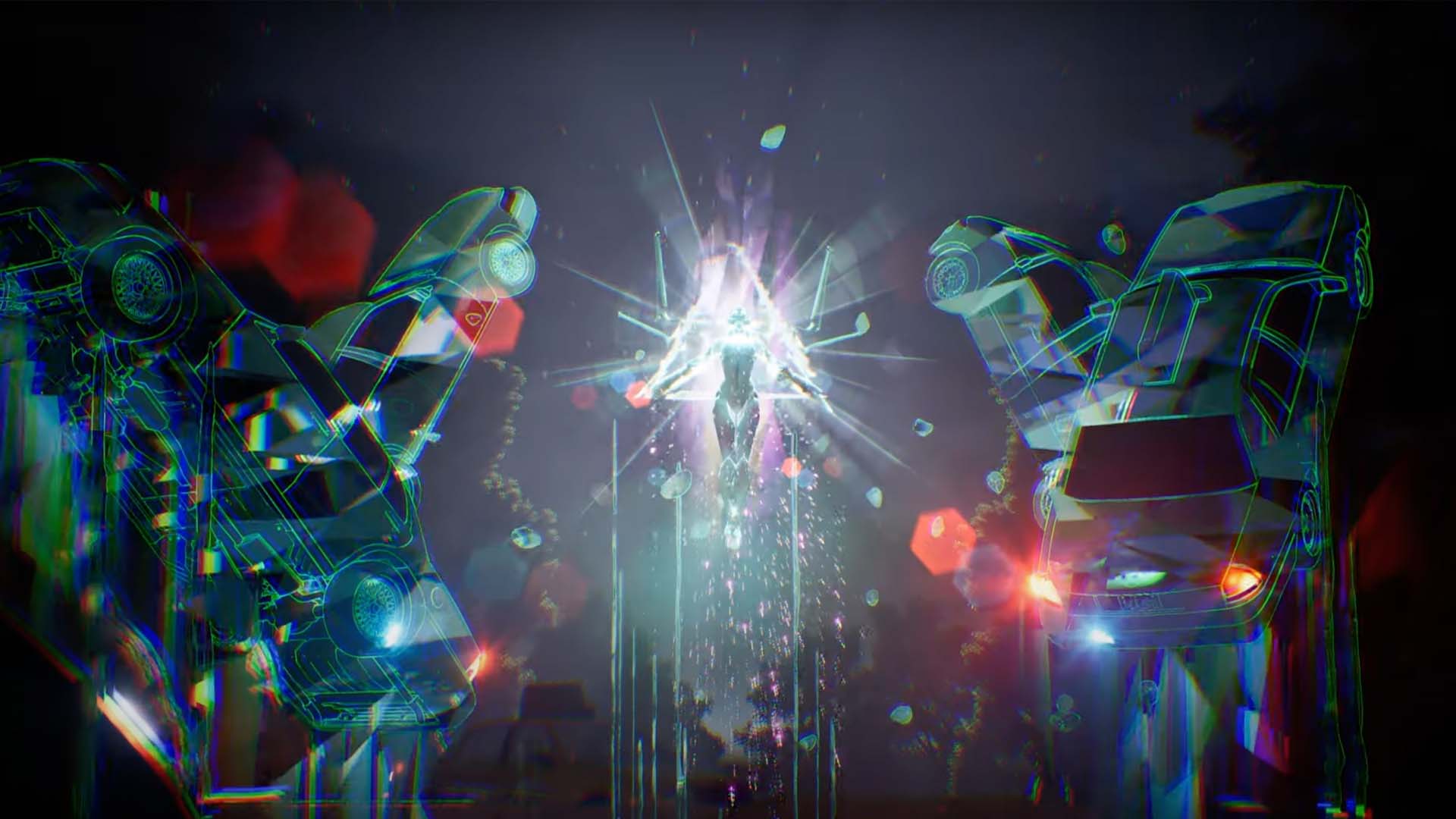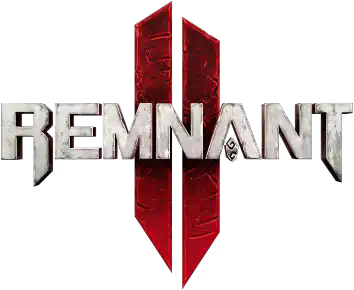Remnant 2 follows on from its predecessor with an updated Soulslike formula. Instead of a focus on melee and magic, like the Souls series, Remnant moved the flow of combat to a more dynamic environment. Described by the Gunfire team as a frenetic combination of ranged and melee combat, Remnant 2 continues to pit the survivors of humanity against horrific creatures, monsters, and beings of god-like power. The game stands out with its reformulation of the Soulslike genre, its incredible environments and enemies, and its twisted weaponry that often appears as amalgamations of the natural and unnatural.
Problem
Our work was mainly real-time VFX and 3D art production. We were contracted to assist the Gunfire Games team in delivering their final work. A lot of the VFX work was focused on weapon and weapon modifier VFX. The game allows customization and crafting of weaponry, imbuing the weapons with different effects and elements. We also spent time on “power-ups”. A catchall term to refer to any kind of item that players can utilize to change their playstyle. These power-ups often caused a character or area-of-effect (AOE) visual effect. For our 3D game art services, we ended up creating and delivering more than 30 assets and enemies. These included weapons and weapon mods, mainly for the N’Erud world, as well as a few Earth mods, and even the Custodian Eye miniboss and its minions.
Remnant 2 is a huge project. As with any outsourcing collaboration, the set-up takes some time. This was our first obstacle as we had a lot of project data to bring in and not a lot of time to do so. The size and complexity of this project was the bulk of our initial challenge.
One challenge worth mentioning was the complexity of implementing the VFX into the game itself. Built on a custom version of Unreal Engine 5, we were wrestling with the huge project size, its wealth of blueprints, and its machine of moving parts. Another was simply in the faithful recreation and delivery of the unique Remnant 2 style that had been created by the Gunfire Games team. It was a unique visual style but one we relished getting to grips with.
Solution
As is usual in AAA games, the project was huge. We approached the set-up time as educational preparation. Our team did this by consuming as much information as possible about the project, its art style, and our requirements. This was aided hugely by the Principal VFX Artist giving us constant advisement on their team’s workflow and recommendations.
Implementing and testing the VFX was something we simply had to get to grips with. Our team took the time required to understand the moving parts and blueprints. A methodical approach of getting to grips with its size and scale helped us to adapt and we are proud of the efficiency and speed at which we did so.
The Gunfire Games team were more than happy to share with us the art we needed. They also loved to share the lore we might need and gameplay mechanics that might inform our artistic choices. The information they were happy to share meant we could nail down the VFX and 3D assets to match and emulate the sources from unique boss abilities or pieces of lore.
Result
This collaboration was truly a pleasure from start to finish and we were pleased to hear the exact same from the Gunfire Games team. We were thrilled at the open communication and collaboration from the Gunfire Games team, it really was a pleasure to work with them.

